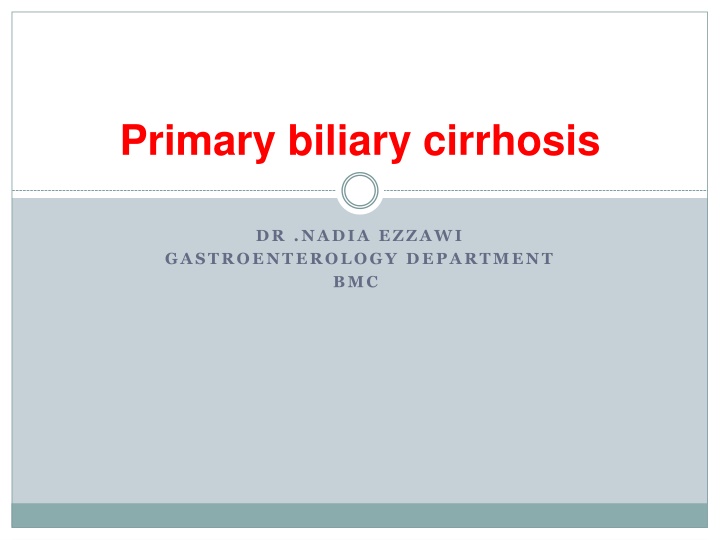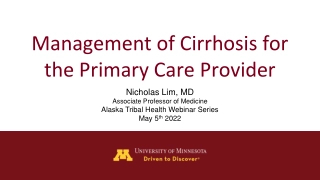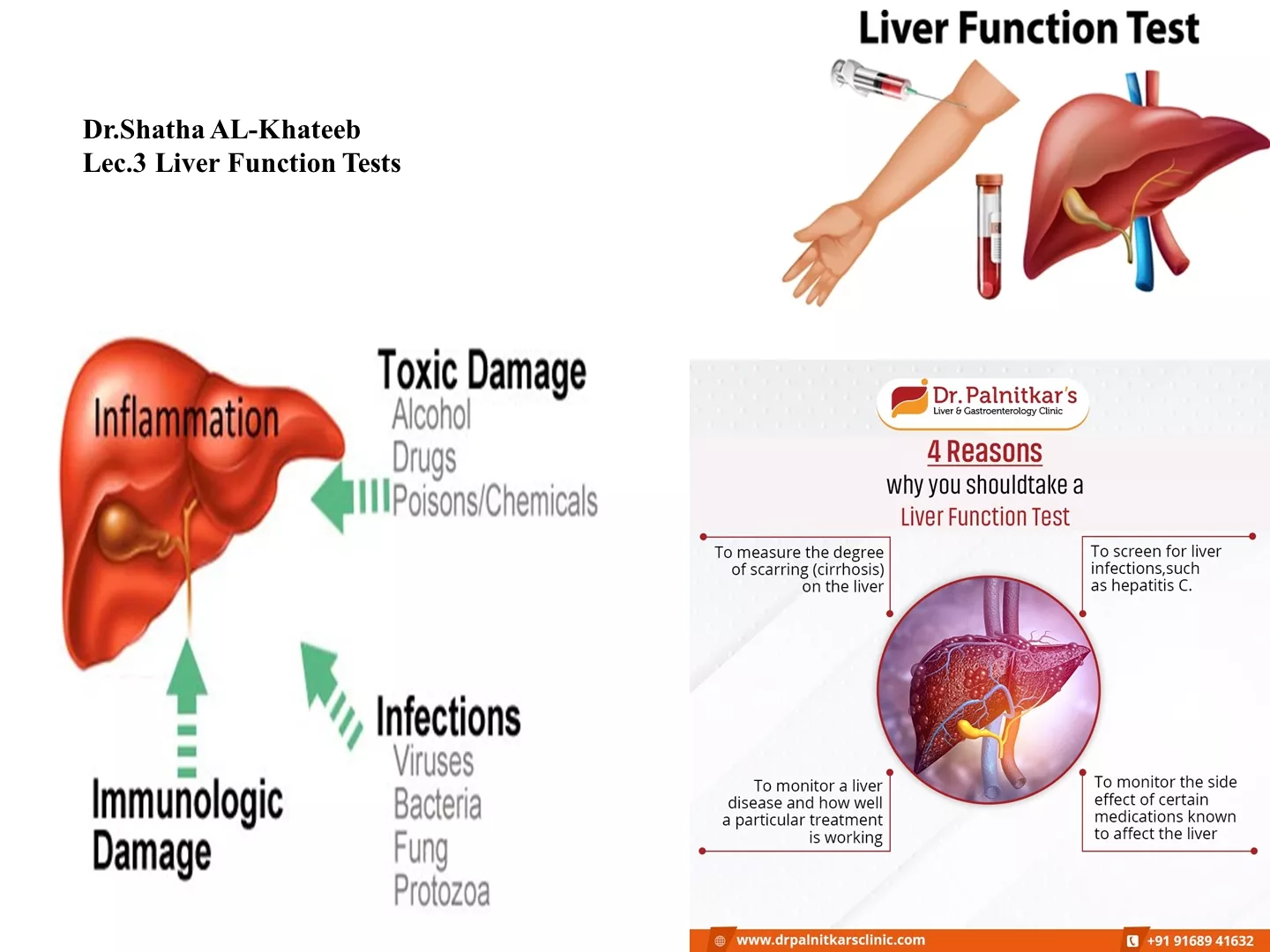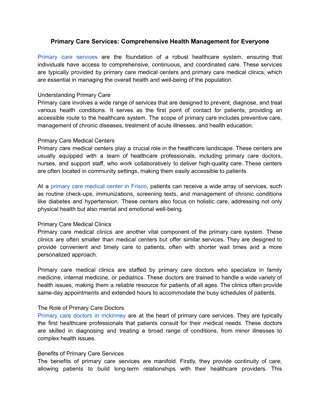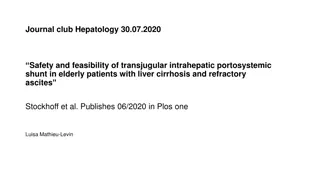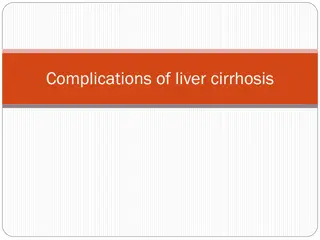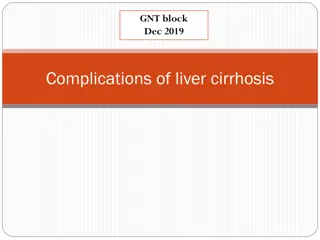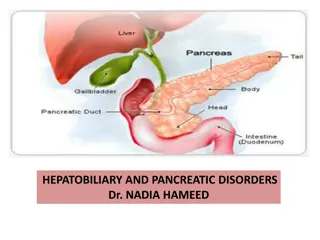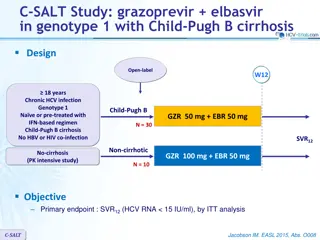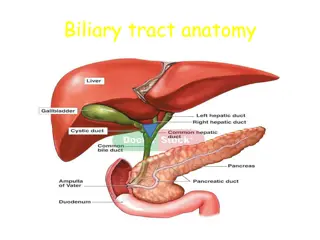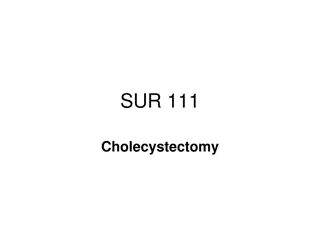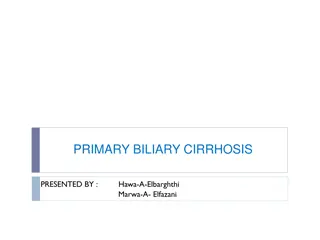Primary biliary cirrhosis
Primary Biliary Cirrhosis (PBC) is an autoimmune liver disease affecting bile ducts. It presents with fatigue, pruritus, jaundice, and complications like portal hypertension. Diagnosis involves biochemical tests and liver biopsy. Learn about PBC epidemiology, clinical features, and differential diagnosis.
Download Presentation

Please find below an Image/Link to download the presentation.
The content on the website is provided AS IS for your information and personal use only. It may not be sold, licensed, or shared on other websites without obtaining consent from the author.If you encounter any issues during the download, it is possible that the publisher has removed the file from their server.
You are allowed to download the files provided on this website for personal or commercial use, subject to the condition that they are used lawfully. All files are the property of their respective owners.
The content on the website is provided AS IS for your information and personal use only. It may not be sold, licensed, or shared on other websites without obtaining consent from the author.
E N D
Presentation Transcript
Primary biliary cirrhosis DR .NADIA EZZAWI GASTROENTEROLOGY DEPARTMENT BMC
Primary biliary cirrhosis It is an autoimmune disease of the liver marked by: the slow progressive destruction of the small bile ducts (bile canaliculi) within the liver. when these ducts are damaged, bile builds up in the liver (cholestasis) and over time damages the tissue. this can lead to scarring, fibrosis and cirrhosis.
Epidemiology: Female:male ratio of 9:1 Most common during middle age Presentation similar between genders, races, and sexes Prevalence: 19-150 cases/million Incidence: 4-15 cases/million/yr First-degree relatives may have as much as a 500 times increase in prevalence
Clinical features Fatigue (common) Pruritus Jaundice -Hepatosplenomegaly RUQ pain - -Hyperpigmentation -Xanthomas and xanthelasmas -Dyslipidemia -Extrahepatic autoimmune diseases -Complications Portal hypertension Chronic cholestasis - - -
PBC Differential Diagnosis -Biliary stones or strictures -Pancreaticobiliary . malignancies . -PSC -Autoimmune hepatitis -Alcoholic hepatitis -Viral hepatitis -Sarcoidosis -Autoimmune cholangiopathy -Medications -Granulomatous hepatitis . . . . .
Diagnosis Biochemical tests high -Alkaline phosphatase -GGT -5 nucleotidase -AST and ALT -Bilirubin -Total cholesterol -Serum IgM -Prothrombin time- low *Albumin Serology *AMA (95%) *ANA (50%) (prognostic). *ASMA (50%) *Anti-centromere *Anti-thyroid Medical imaging *Ultrasound *CT (to rule out blockage to the bile ducts). *MR or MRCP
Liver biopsy: A liver biopsy is necessary to determine the stage of disease. Now most patients are diagnosed without invasive investigation the combination of AMA and typical (cholestatic) liver function tests are considered diagnostic
stages of the disease Stage 1 - Portal Stage: Normal sized triads; portal inflammation, subtle bile duct damage. Granulomas are often detected in this stage. Stage 2 - Periportal Stage: Enlarged triads; periportal fibrosis and/or inflammation. Typically characterized by the finding of a proliferation of small bile ducts. Stage 3 - Septal Stage: Active and/or passive fibrous septa. Stage 4 - Biliary Cirrhosis: Nodules present; garland or jigsaw pattern.
management No known cure. - Goals of treatment .Slow disease progression .Treat complications. .Improve clinical symptoms and signs of disease .Improve liver function tests . Reduce or eliminate bile duct injury .Improve patient survival free of transplantation .
ursodeoxycholic acid (Ursodiol) is the most frequently used treatment of pruritis. helps: reduce the cholestasis . improves liver function tests . Improvement in transplant free survival. Methotrexate Dose: 7.5-15 mg/week orally Of : Helps in Improvement Symptoms LFTs Histology? Survival? Because of its Side effects long-term use (limited). -to relieve itching caused by bile acids in circulation, which would normally be removed by the liver, cholestyramine (a bile acid sequestrant) may be prescribed to absorb bile acids in the gut and be eliminated, rather than re-enter the blood stream.
Combination therapy UDCA and corticosteroids Improvement in LFTs Variable improvement in histology UDCA and colchicine No significant benefit UDCA and methotrexate Improvement in LFTs ? Additional studies warranted. Liver transplantation :if successful, results in a favourable prognosis.
PBC Complications Chronic cholestasis -Osteopenia. -Malabsorption. -Steatorrhea.d/t: .Bile salt deficiency .Pancreatic disease .Celiac disease -Vitamin A, D, E, K deficiency Portal hypertension -Esophageal and gastric varices -Ascites -Encephalopathy -SBP -HRS or HPS -Hepatocellular carcinoma
PBC Associated Diseases *Thyroid disease Hashimoto s thyroiditis Grave s disease *Scleroderma *CREST syndrome *Sjogren s syndrome *Arthritis *Raynaud s phenomenon *Celiac disease *Renal tubular acidosis Proximal Distal *Gallstones *Hematologic disorders *Inflammatory bowel disease (rare) *Pulmonary interstitial fibrosis (rare
PBC Natural History and Prognosis PBC progresses over 15-20 yrs Median survival Asymptomatic disease: 10-16 yrs Symptomatic disease: 7.5-10 yrs Bili. (8-10 mg/dL): 2 yrs 40-100% of asymptomatic patients develop symptoms within 2-4 yrs
Summary -PBC is an important cause of chronic cholestatic liver disease. - Middle-aged females predominate. - Immune pathogenesis favored. - Other autoimmune diseases frequently coexist. - PBC progresses in most patients.
Summary - Complications of portal hypertension and chronic cholestasis associated with progressive disease. - UDCA is standard medical therapy for all patients. -Transplantation reserved for patients with marginal liver reserve and complications. - Prognostic models predict disease severity and need for transplantation.
Autoimmun Hepatitis - self-perpetuating hepatocellular inflammation unknown cause characterization: - histologic features of interface hepatitis . - Hypergammaglobulinemia. - serum autoantibodies. affects all ages, may be asymptomatic, frequently has an acute onset, and can also present as fulminant hepatitis. Autoimmune hepatitis has an incidence of 1-2 per 100,000 per year, and a prevalence of 10-20/100,000. As with most other autoimmune diseases, it affects women much more often than men (70%).
Clinical features Symptoms: Fatigue Jaundice Upper abdominal discomfort Prurites Anorexia Polymyalgias Diarrhea Fever. Signs: Hepatosplenomegaly Jaundice Spider angioma Ascites Encephalopathy Concurrent immune diseases Laboratory findings: High AST, ALT & GGT. High IgG . High bilirubin. High alkaline phosphatase. Immunological: ANA , ASMA , ALKMA1 , ANCA. Liver tissue examination Liver bx is essential to establish diagnosis and assess disease severity to determine need for treatment Picture of interface hepatitis is ahallmark of the disease
Interface hepatitis Here you can see the limiting plate of the portal tract, demarcating the hepatocyte boundary, is disrupted by a lymphoplasmacytic infiltrate. This histological pattern is the hallmark of autoimmune hepatitis, but it is not disease specific.
Treatment - Prednisone, Azathioprine. - Liver transplantation . - Presence of ascites or hepatic encephalopathy identifies pts with a poor prognosis. - 13-20% of patients can have spontaneous resolution regardless of disease activity.
